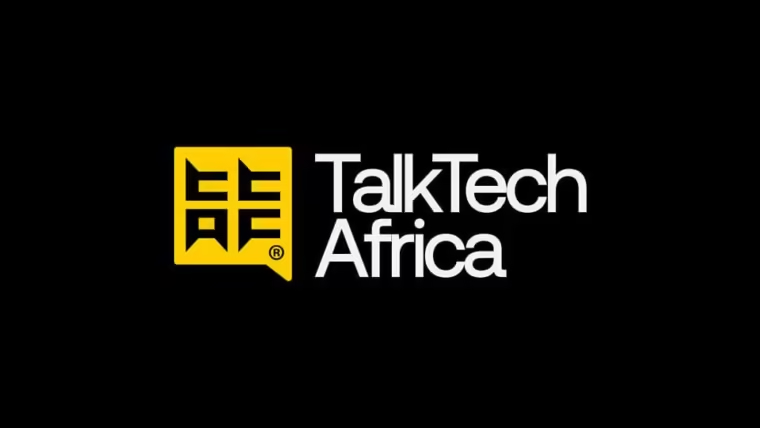Sora: OpenAI’s Groundbreaking Text-to-Video Generative AI Tool
Sora from OpenAI marks a groundbreaking advancement in generative AI, showcasing impressive text-to-video features. This tool allows users to produce high-quality videos that are up to one minute long, simply by using descriptive text prompts. Sora is set to transform video creation by leveraging the advancements of technologies such as DALL·E and GPT, providing marketers, content creators, and various industries with a quicker and more efficient method for producing engaging visual content.
How Sora Works
Sora makes films using a denoising latent diffusion model. Starting with random noise, the method iteratively refines it into coherent images depending on user prompts. This entails:
- Starting with a disorganized collection of pixels, noise initialization.
- Gradually adding and perfecting noise will help to shape the image or video.
- Removing noise in several stages helps to bring the final output more closely to the intended content.
This iterative process allows Sora to create interesting and artistic video outputs, much as a sculptor chiseling raw material into a masterwork.
Key Features
- Spacetime Patches; Sora divides video data into spacetime segments, operating in a way that’s comparable to tokens in language models. This new development enables Sora to manage videos of different sizes and resolutions, improving its flexibility to meet user requirements.
- Enhanced Language-Video Integration: Sora uses sophisticated language understanding methods, such as re-captioning and utilizing GPT models, to make sure that the videos created closely match what users are looking for.
- Native-Size Training: Sora stands out from traditional models by using native-sized data instead of standardizing video sizes. This approach provides greater flexibility in sampling and generating videos that are optimized for various aspect ratios.
- Efficiency and Scalability: Sora uses video compression and diffusion transformers to make the most of computational resources, allowing for the production of high-quality outputs without requiring too much hardware.
Constraints
Although Sora showcases advanced features, it does have some limitations:
- The videos it creates are currently up to one minute long.
- Complex Sequences: Difficulties in accurately showing sequential actions, like eating or interacting with objects.
- Challenges of an Ethical Nature: There are risks involved, such as the possible misuse of AI-generated content for creating deepfakes or spreading misinformation.
Applications
Sora has great potential in various fields such as marketing, entertainment, education, and beyond. Here are a few interesting examples:
- Create engaging video ads swiftly, customizing them for various audiences or products.
- Create engaging short videos tailored for platforms such as Instagram and TikTok.
- Try out different versions of one video idea to see which one gets more engagement.
- Showcasing Products: Create engaging explainer videos for intricate products or services.
Using Sora is easy and straightforward.
Sora is designed to be easy to use, allowing even those without expertise to create advanced videos effortlessly.
- Start by outlining the video you want to produce. Imagine a beautiful sunrise casting its glow over a majestic mountain range, while birds gracefully soar through the sky.
- Adjusting Parameters: Adjust options like resolution, aspect ratio, and video length.
- Sora takes your prompt and runs it through its AI models to create the video, allowing you to refine it further depending on the quality of the output.
Final thoughts
Sora represents an important step forward in generative AI, providing an exciting look at what the future of video creation holds. The capacity to create brief, engaging videos with little effort is truly transformative for sectors aiming for both efficiency and creativity. Yet, we must keep in mind the ethical implications and existing technical challenges that urge us to proceed with caution as we adopt this impactful technology. And as of now Sora isn’t perfect, you can definitely know it is AI generated, the physics, too much smoothing and lack of natural scenery.
As OpenAI keeps improving Sora, its uses and influence are expected to expand, turning it into a vital resource for today’s content creators. No matter if you’re in marketing, education, or filmmaking, Sora is set to open up fresh avenues for creativity and storytelling.


